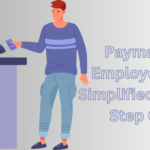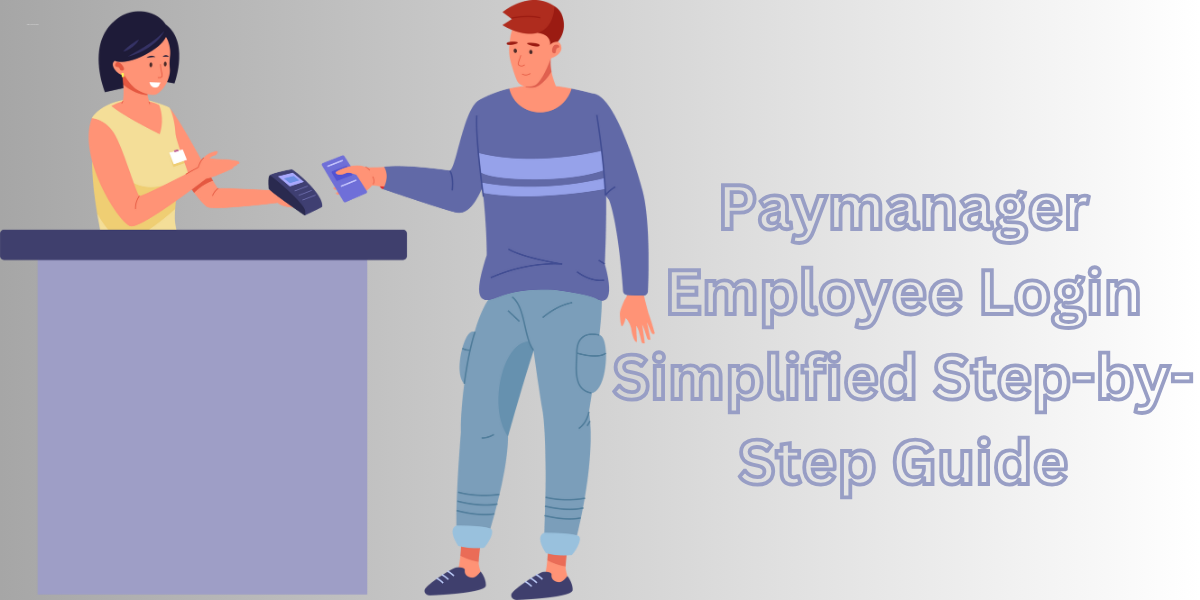When working with local development environments or network configurations, encountering errors related to the IP address 127.0.0.1 and a specific port, such as 62893, can be frustrating. These errors can stem from a variety of issues, ranging from software conflicts to improper configurations. Understanding what these errors mean, why they occur, and how to fix them is crucial for developers, IT professionals, and anyone working with local servers or applications.
This comprehensive guide will delve into the meaning of the 127.0.0.1:62893 error, common causes, troubleshooting steps, and solutions to fix the issue.
What Does 127.0.0.1:62893 Mean?
The IP address 127.0.0.1 is known as the loopback address, commonly referred to as “localhost.” It is used by a computer to refer to itself. This address is primarily used for testing and development purposes, allowing software to communicate with itself as if it were a remote server. The port number 62893, in this context, is an arbitrary port that a particular application or service is trying to use for communication.
When you see an error related to 127.0.0.1:62893, it generally indicates that there is a problem with a local service or application attempting to use this port. This could be due to a conflict, a misconfiguration, or the service failing to start properly.
Common Causes of 127.0.0.1:62893 Errors
- Port Conflicts: If another application is already using port 62893, it can cause a conflict, leading to errors. This is a common issue when multiple services are running on the same machine.
- Firewall or Security Software: Firewalls, antivirus programs, or other security software may block access to certain ports, including 62893, preventing applications from functioning correctly.
- Application Misconfiguration: Sometimes, the application or service that is trying to use 127.0.0.1:62893 may be misconfigured. This can include incorrect settings in configuration files or command-line arguments.
- Service Not Running: If the service associated with 127.0.0.1:62893 is not running, attempts to connect to it will fail, resulting in an error.
- Network Adapter Issues: Problems with the network adapter or the loopback interface on your machine could also lead to errors when attempting to access 127.0.0.1:62893.
- Corrupt Installation: If the application or service was not installed correctly or if files have become corrupted, it may result in errors when trying to access the local loopback address and port.
Also Read:-Brooklyn Nets vs Atlanta Hawks Match||Copa América Stats 2024||Lakers vs Dallas Mavericks Match||Phoenix Suns vs Lakers Match Player Stats
How to Troubleshoot and Fix 127.0.0.1:62893 Errors
Step 1: Identify the Application or Service Using the Port
The first step in troubleshooting is identifying which application or service is attempting to use port 62893. You can do this by using the following methods:
- Command Line (Windows): Open Command Prompt and run the following command:
netstat -ano | findstr :62893This will display the process ID (PID) of the application using port 62893. You can then identify the application by running:
tasklist /FI "PID eq [PID]"- Command Line (Linux/Mac): Open Terminal and run:
lsof -i :62893This will show the name of the application and the PID using port 62893.
Once you’ve identified the application, you can decide whether to reconfigure it, stop it, or change the port number.
Step 2: Check for Port Conflicts
If another application is using port 62893, you may need to stop that application or change the port it uses. Here’s how to do that:
- Stop the Conflicting Application: If the conflicting application is not essential, you can stop it using the Task Manager (Windows) or Activity Monitor (Mac).
- Change the Port Number: If stopping the application isn’t an option, consider reconfiguring the application that needs 62893 to use a different port. This is usually done in the application’s settings or configuration files.
Step 3: Configure Firewall or Security Software
Your firewall or security software might be blocking access to port 62893. To resolve this:
- Allow the Port Through the Firewall: On Windows, go to the Control Panel > System and Security > Windows Defender Firewall > Advanced settings. Add an inbound rule to allow traffic on port 62893.
- Check Security Software: If you’re using third-party security software, ensure that it isn’t blocking the port. You may need to create an exception for the application or service using 62893.
Step 4: Verify Application Configuration
If the application or service is misconfigured, you may need to correct its settings:
- Check Configuration Files: Look at the application’s configuration files for any settings related to networking or port usage. Ensure that 127.0.0.1 and 62893 are correctly configured.
- Reconfigure the Application: Some applications may allow you to reconfigure the port they use through their user interface or setup wizards. Follow the application’s documentation to do this.
Step 5: Ensure the Service is Running
If the service using 127.0.0.1:62893 isn’t running, you’ll need to start it:
- Check the Service Status: On Windows, use the Services app to check if the service is running. On Linux, use:
systemctl status [service_name]- Start the Service: If the service isn’t running, start it via the Services app on Windows or by running:
systemctl start [service_name]Step 6: Address Network Adapter Issues
If there’s a problem with your network adapter or loopback interface:
- Restart the Network Adapter: Disable and re-enable your network adapter through the Network and Sharing Center on Windows or Network preferences on Mac.
- Check Loopback Interface: On Linux, ensure the loopback interface is active by running:
ifconfig lo upOn Windows, you can check the loopback adapter through the Device Manager.
Step 7: Reinstall the Application
If all else fails, the application itself may be corrupted:
- Uninstall and Reinstall: Uninstall the application completely and then reinstall it, ensuring all dependencies and configurations are correctly set up.
What is Port Number `62893`?
In network communications, a port number is used to distinguish different processes or services on a machine. Port number `62893` is a high, ephemeral port typically used by applications to handle specific tasks. Port numbers above `49152` are dynamic or private ports assigned temporarily to applications, and `62893` falls within this range.
How Does `127.0.0.1:62893` Work?
When an application is configured to use `127.0.0.1:62893`, it means the application is set to communicate over the local loopback interface using port `62893`. This setup is used for several reasons:
1. Local Communication: The loopback address ensures that network traffic stays within the local machine, which is useful for testing and development.
2.Application Development: Developers use this address to test network applications in a controlled environment before deploying them to a broader network.
3. Isolation: It helps in isolating network traffic from external influences, ensuring that the data being transmitted is not affected by external network conditions.
Key Benefits of Using `127.0.0.1:62893`
1. Enhanced Security: By using the loopback address, data does not leave the local machine, reducing exposure to external threats.
2.Simplified Testing: Developers can simulate network interactions and troubleshoot applications locally without affecting other network services.
3. Efficient Debugging: Issues related to network communication can be diagnosed and resolved without the complexity of external network configurations.
4. Reduced Latency: Communication over the loopback interface is faster since it does not involve physical network interfaces or external routing.
Applications in Real-World Scenarios
1. Software Development and Testing
Example: A developer working on a web server might configure it to run on `127.0.0.1:62893` to test its functionality. This setup allows the developer to access the server through a web browser on the same machine without exposing it to the public.
2.Database Management
Example: Database applications often use the loopback address to connect to local databases. For instance, a database service might listen on `127.0.0.1:62893` to provide access to the local instance for development and debugging purposes.
3. Network Security Tools
Example: Security tools and scanners might use `127.0.0.1:62893` to test the security of network services without involving external network traffic. This setup helps in evaluating vulnerabilities and ensuring the security of network applications.
4.Configuration and Administration
Example: System administrators might use local addresses like `127.0.0.1:62893` for configuration management interfaces or admin panels to ensure secure and isolated access to management tools.
Conclusion
Errors related to 127.0.0.1:62893 can be tricky to diagnose but are often related to port conflicts, misconfigurations, or issues with the service trying to use the port. By following the steps outlined in this guide, you can systematically troubleshoot and resolve these errors, ensuring that your local development environment or application runs smoothly. Remember to always document changes you make, as this can help in future troubleshooting efforts.










